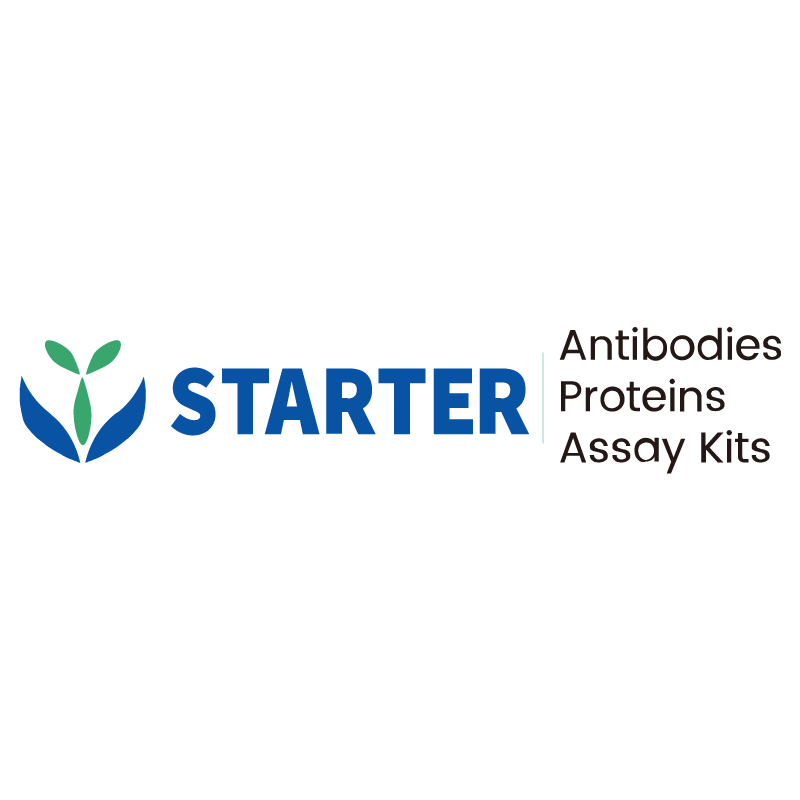Product Details
Product Details
Product Specification
| Host | Rabbit |
| Antigen | MICA |
| Synonyms | MHC class I polypeptide-related sequence A; MIC-A; PERB11.1; MICA |
| Immunogen | Recombinant Protein |
| Clone Number | SDT-1589-10 |
| Antibody Type | Recombinant mAb |
| Isotype | IgG |
| Application | Sandwich ELISA |
| Reactivity | Hu |
| Cross Reactivity | Cross with MICB |
| Purification | Protein A |
| Concentration | 2 mg/ml |
| Purity | >90% by HPLC |
| Conjugation | Unconjugated |
| Physical Appearance | Liquid |
| Storage Buffer | PBS pH7.4, 0.03% Proclin 300 |
| Stability & Storage | 12 months from date of receipt, 2 to 8 °C as supplied |
Background
MHC class I chain-related genes MICA and MICB are transmembrane glycoproteins that function as ligands for human NKG2D. The two proteins are highly related, sharing 85% amino acid identity, but are also polymorphic. Recognition of MICA or MICB by NKG2D results in the activation of NK cell cytolytic activity and/or cytokine production. MICA/B are minimally expressed on normal cells, but are frequently expressed on or shed from epithelial tumors and can be induced by bacterial and viral infections. MICA and MICB recognition is involved in tumor surveillance, viral infections, and autoimmune diseases. MICA/B proteins are downregulated by tumor cells via intriguing molecular mechanisms, such as post-translational modifications in which the external domains of MICA/B are proteolytically cleaved by surface proteases and shed into the extracellular space. MICA/B shedding by cancer cells causes effective escape from NKG2D recognition and allows the development of cancers. Patients frequently have increased concentrations of soluble MICA/B molecules shed in the blood plasmas and sera, thus indicating that MICA/B shedding is a therapeutic target in immune-oncology.
Picture
Picture
Paired Recommendations


